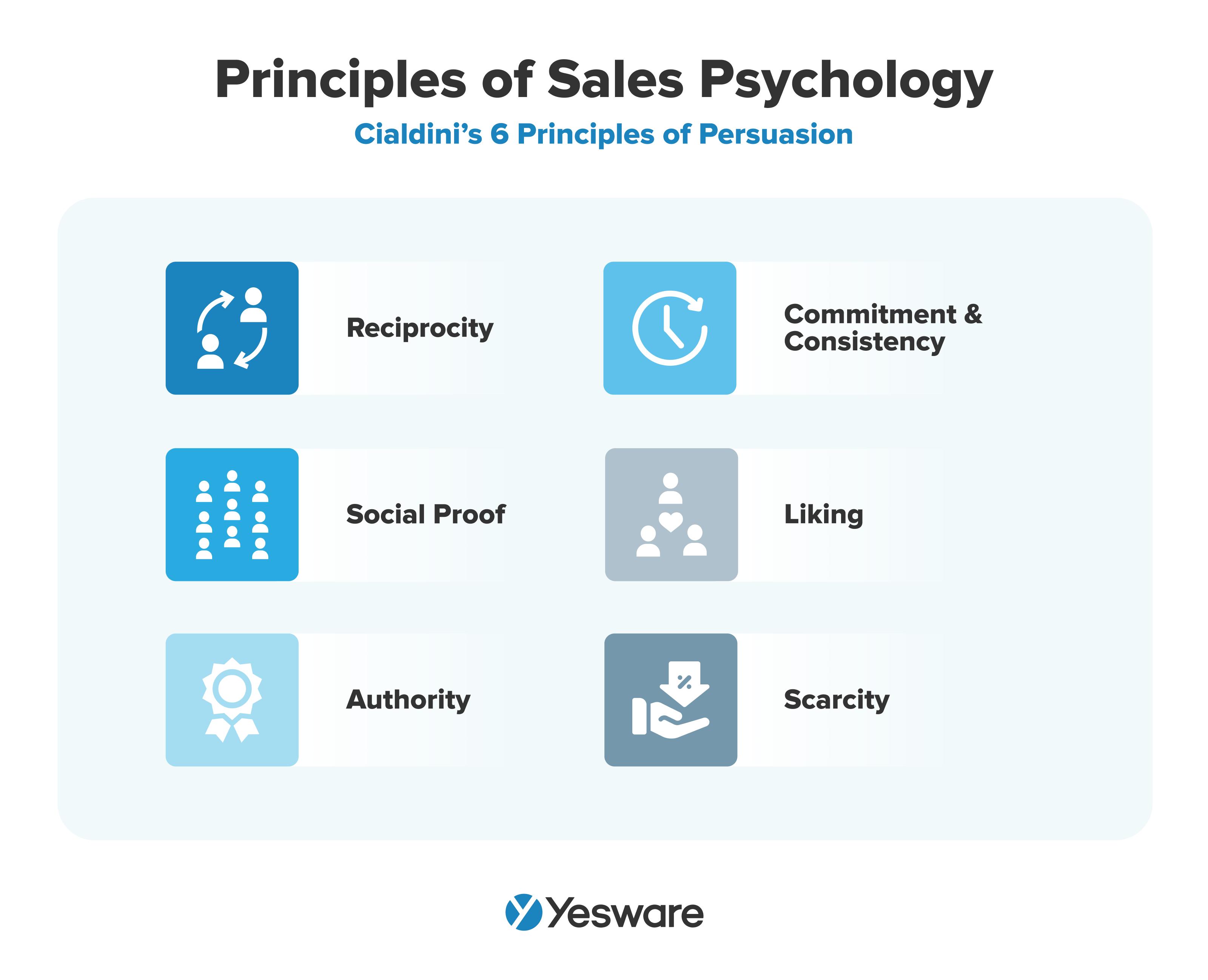Amazon, a company that started as an online bookstore, is now a trillion-dollar giant leading in cloud computing, grocery delivery, and even Emmy-winning television series. This remarkable growth stems from Amazon’s relentless pursuit of innovation, continuously adapting its business model to address new challenges and seize emerging opportunities.
The key takeaway? Business model innovation is no longer optional; it’s an imperative for survival in today’s dynamic marketplace. Let’s delve into the concept of business model innovation, its significance, and how companies can leverage it to thrive.
Decoding Business Model Innovation
At its core, a business model outlines how an organization delivers value to its customers. It encompasses the target market, their needs, and the role of the company’s products or services in fulfilling those needs.
Business model innovation, therefore, is the process of modifying this model. This often involves a fundamental shift in how a company delivers value, such as introducing new revenue streams or distribution channels.
A Dynamic Example: The Video Game Industry
The video game industry vividly illustrates the power of business model innovation. Early consoles were expensive and bulky, leading to the rise of arcades. As technology advanced, companies like Atari started selling affordable consoles directly to consumers, disrupting the established model.
More recently, the industry adapted to the mobile gaming boom. Developers transitioned from charging subscription fees or in-app purchases to free-to-play models, incorporating advertising and merchandise sales to generate revenue. This shift dramatically expanded their reach and profitability.
Why Business Model Innovation Matters
The ability to innovate their business models allows companies to capitalize on evolving customer demands and expectations.
Let’s consider a classic example: Blockbuster vs. Netflix. Blockbuster, the video rental giant, failed to adapt to the rise of DVDs and the convenience of mail-order rentals, allowing Netflix to capture the market. Netflix further solidified its dominance by transitioning to a streaming service, a move Blockbuster was slow to emulate, ultimately leading to its demise.
Another cautionary tale is Kodak. Despite being a dominant player in the film and camera industry, Kodak failed to recognize the disruptive potential of digital photography, an innovation that originated within its own walls. By clinging to their existing business model, Kodak missed a golden opportunity and eventually faced bankruptcy.
In contrast, Mars, a company known for its confectionery products, successfully diversified into the pet care market. Recognizing their core capabilities, Mars expanded into pet food and later acquired veterinary hospitals, demonstrating how leveraging existing strengths can fuel business model innovation.
The Power of Lean Innovation
Lean innovation is a crucial tool for successful business model innovation. It emphasizes rapid prototyping, customer feedback, and iterative development. This approach allows companies to test new ideas quickly and efficiently, pivoting or persevering based on real-world data.
The process starts with a hypothesis, followed by rigorous testing and customer validation. This iterative cycle enables businesses to fine-tune their business models and ensure alignment with market needs.
Beyond Business Model Innovation: Other Avenues for Growth
While business model innovation is essential, companies should also explore other forms of innovation to maintain a competitive edge:
- Product Innovation: This involves creating new products or enhancing existing ones. Apple’s continuous improvement of the iPhone exemplifies this approach.
- Process Innovation: This focuses on optimizing production and delivery methods to increase efficiency and reduce costs. Ford’s revolutionary assembly line is a prime example of process innovation.
The specific type of innovation a company chooses to prioritize depends on its industry and customer base. Product-focused companies need to maintain a steady stream of new offerings, while process-oriented businesses should constantly seek ways to enhance efficiency.
However, business model innovation often holds the most significant potential for impact. It can disrupt entire industries and reshape competitive landscapes. As the case of Amazon demonstrates, a powerful business model can be a source of sustained growth and market dominance.
Embracing Innovation: A Continuous Journey
Innovation is not a one-time event but an ongoing process. Companies must cultivate a culture that embraces experimentation, agility, and customer-centricity. By learning from past successes and failures, businesses can navigate the challenges of innovation and position themselves for long-term success in a constantly evolving world.


